The Dakar Rally has always been one of the most popular races in the history of motorsport, resonating with both the fans and drivers that place it in line with other iconic racing events, such as the 24 Hours of Le Mans, the Indianapolis 500, the Rallye Monte-Carlo and the Formula One Monaco Grand Prix.
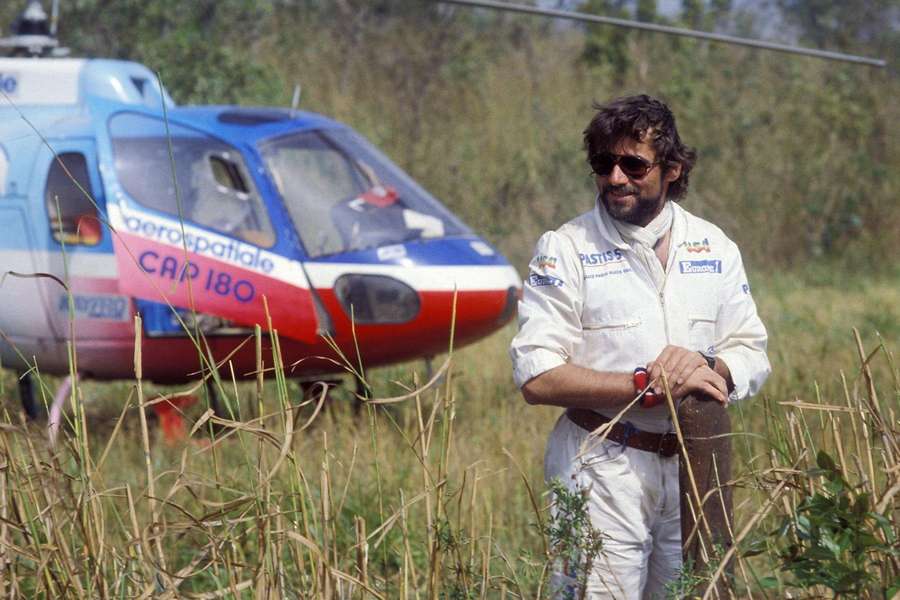
The adventure began back in 1977, when Thierry Sabine got lost on his motorbike in the Libyan desert during the Abidjan-Nice Rally. Saved from the sands in extremis, he returned to France still in thrall of the landscape and promising himself he would share his fascination with as many people as possible. He proceeded to come up with a route starting in Europe, continuing to Algiers and crossing Agadez before eventually finishing at Dakar. The founder coined a motto for his inspiration: “A challenge for those who go. A dream for those who stay behind.” Courtesy of his great conviction and that modicum of madness peculiar to all great ideas, the plan quickly became a reality.
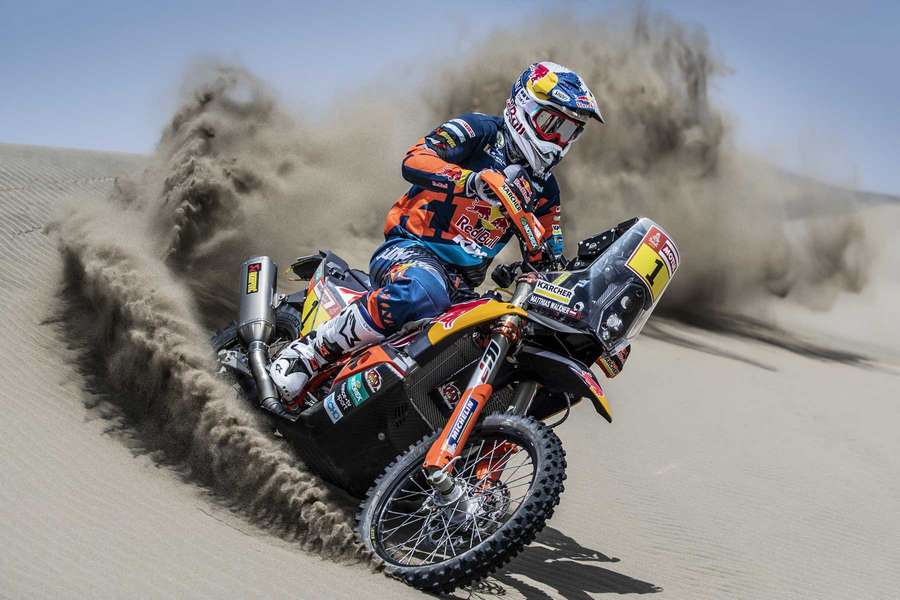 The first Rally was organized in 1978 as the Paris-Dakar Rally, because the start of the race was in France and finish was in Senegal. 182 competitors (80 cars, 92 motorcycles and 12 trucks) participated in the inaugural event and 74 of them finished the race. After the 10,000km journey through France, northern and central Africa, the first overall winner was Cyril Neveu on a Yamaha motorcycle.
The first Rally was organized in 1978 as the Paris-Dakar Rally, because the start of the race was in France and finish was in Senegal. 182 competitors (80 cars, 92 motorcycles and 12 trucks) participated in the inaugural event and 74 of them finished the race. After the 10,000km journey through France, northern and central Africa, the first overall winner was Cyril Neveu on a Yamaha motorcycle.
The best car driver and fourth overall was Alain Genestier with a Range Rover V8. The variety of competing cars was incredible for example, the second placed crew were brothers Claude and Bernard Marreau in a Renault 4 Sinpar. Some other leading cars were Fiat Campagnola, a Toyota BJ and a Lada Niva.
 The French capital was a regular starting point until 1994. Since then, the routes have been changed several times, so the event was commonly referred not as Paris-Dakar but just as The Dakar. In 2008, the event was cancelled due to security threats in Mauritania and from 2009, the Dakar Rally was held in South America.
The French capital was a regular starting point until 1994. Since then, the routes have been changed several times, so the event was commonly referred not as Paris-Dakar but just as The Dakar. In 2008, the event was cancelled due to security threats in Mauritania and from 2009, the Dakar Rally was held in South America.
After the success of the inaugural race, the event rapidly grew in popularity and by 1982, the number of participants had doubled to 382. The 1987 event was marked as the start of official factory participation in the car category and in 1988, the maximum of 603 participants was reached. In the first years, the Dakar Rally was an event for mostly amateur racers, but growing popularity attracted some famous drivers, like the Formula One driver Jacky Ickx who debuted in 1981.
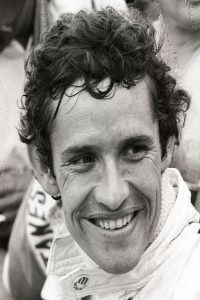
In their first attempt he and co-driver Claude Brasseur raced in a Citroen CX. The next year, they were fifth overall with Mercedes and in 1983, they triumphed with a Mercedes 280 GE. In total, Jacky Icxk competed 14 times at the Dakar Rally and scored two more podiums in 1986 with a Porsche, and with Peugeot in 1989.
Porsche first appeared at The Dakar In 1984, and in the first attempt, their Porsche 911 4×4 was victorious with Rene Metge and Dominique Lemoyne as the crew. Jacky Ickx also switched to Porsche and finished 6th in the car category.
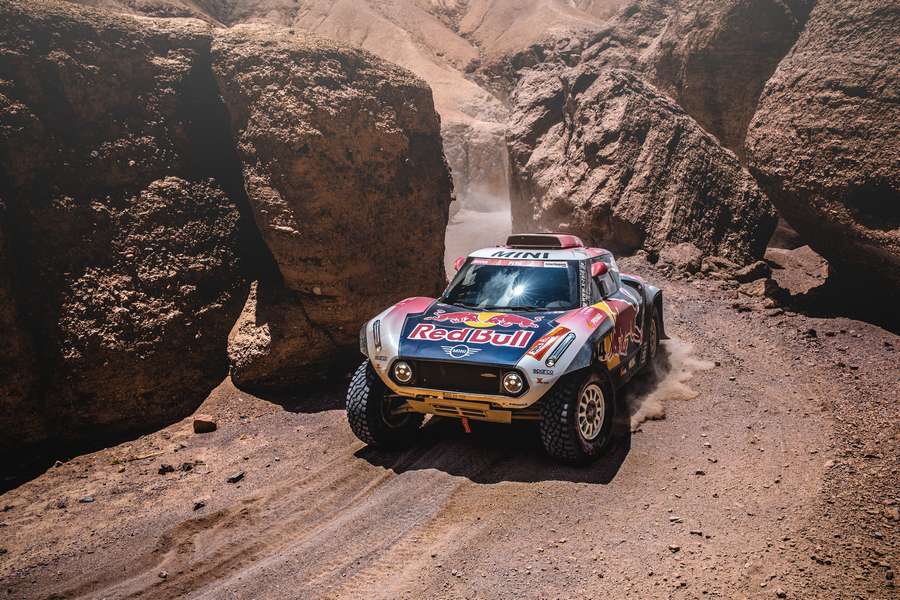 In 1987 Peugeot formed a factory team with the former world rally champion Ari Vatanen and he won the event. He won three more times in 1989, 1990 and 1991. Victorious cars were Peugeot 205 T16 Turbo Rally Raid and Peugeot 405 T16. In 1988, another world rally champion, Juha Kankkunen, was the winner of The Dakar, driving a Peugeot 405 T16.
In 1987 Peugeot formed a factory team with the former world rally champion Ari Vatanen and he won the event. He won three more times in 1989, 1990 and 1991. Victorious cars were Peugeot 205 T16 Turbo Rally Raid and Peugeot 405 T16. In 1988, another world rally champion, Juha Kankkunen, was the winner of The Dakar, driving a Peugeot 405 T16.
Competitor Stephane Peterhansel holds the record with 13 wins at Dakar. In 1991, he won for the first time with Yamaha in the motorcycle category. He won six times with Yamaha before switching to cars in 1998.
In 2004, Peter Hansel scored his first win in the car category with a Mitsubishi Pajero. He won two more times with Mitsubishi in Africa (2005 and 2007) and two times with Mini All4 Racing in South America (2012 and 2013).
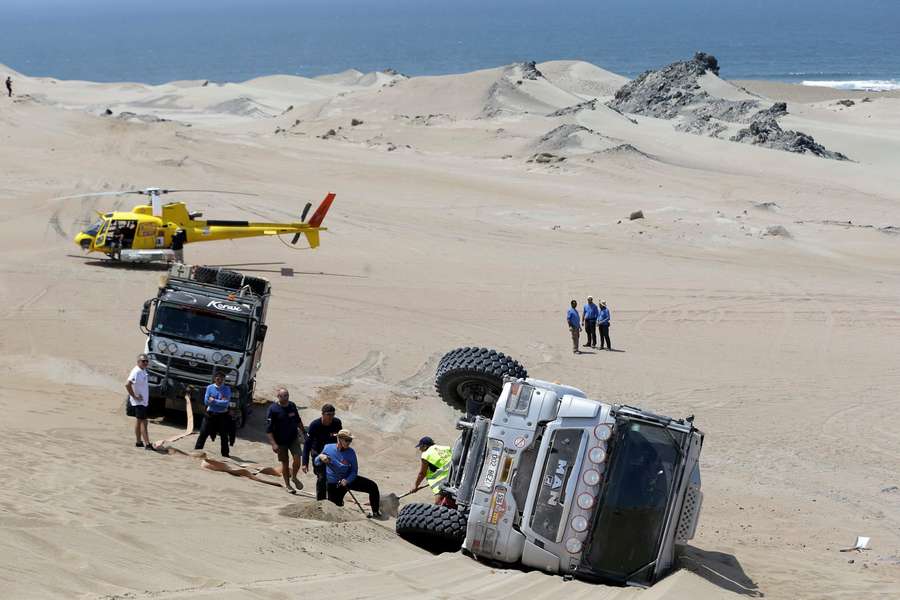 For the 2016 Dakar Rally, Hansel joined Peugeot’s Dream Team, along with Carlos Sainz, Cyril Despres and Sebastien Loeb. After lots of excitement, he reached his 12th victory, confirming his position as the best driver in history of Dakar. The next year, he increased his number of wins to thirteen, driving a new Peugeot 3008 DKR.
For the 2016 Dakar Rally, Hansel joined Peugeot’s Dream Team, along with Carlos Sainz, Cyril Despres and Sebastien Loeb. After lots of excitement, he reached his 12th victory, confirming his position as the best driver in history of Dakar. The next year, he increased his number of wins to thirteen, driving a new Peugeot 3008 DKR.

In 2001, Jutta Kleinschmidt from Germany became the first and only female driver to win Dakar. Together with co-driver Andreas Schulz, she won driving a Mitsubishi Pajero with just two and a half minutes advantage over Hiroshi Masuoka after more than 6000 competitive kilometers.
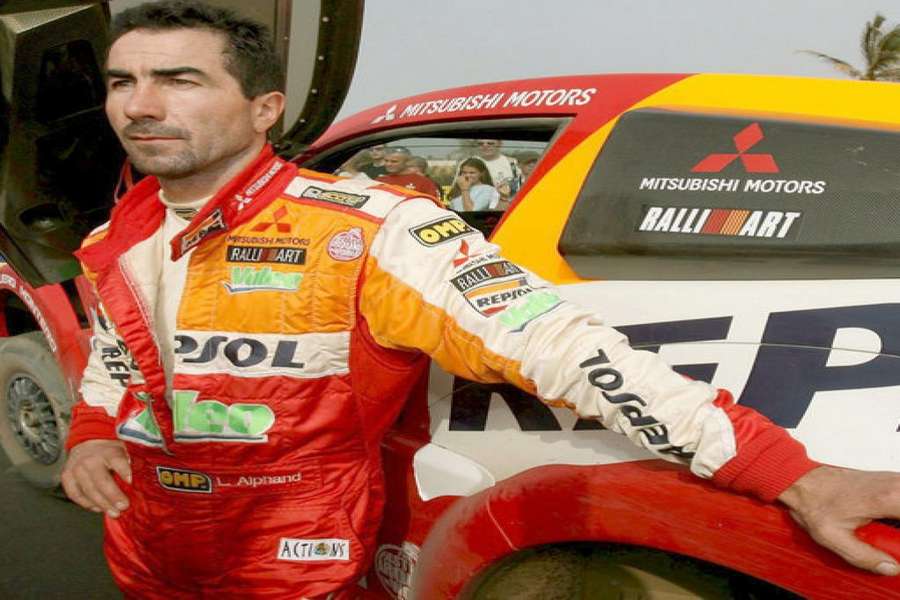
One of the unusual winners of the Dakar Rally is surely Luc Alphand who was a famous World Cup ski racer before he switched to autos. In 1997 he won the World Cup overall title by collecting points only in the two speed disciplines, downhill and super G – a unique achievement in World Cup history. In 1998, he debuted at Dakar with Mitsubishi and competed 11 times. He won Dakar Rally in 2006 with a Mitsubishi Pajero.
Although FIA has been organizing the Cross-Country Rally World Cup since 1993, the Dakar Rally was always a special event and was organized by a private firm named Amaury Sport Organisation (ASO). Compared to other cross country rally races, The Dakar is much longer and it is considered to be the most dangerous race in the world. Unfortunately, that title is a consequence of numerous deaths of competitors and spectators. In the 41 editions of the race, 71 people have been killed in various accidents, the most recent being Portuguese rider Kevin Benavides who was killed on January 12th of this year participating in his 13th Dakar.
It’s sadly interesting that the founder of the Dakar Rally, Thierry Sabine , was also killed in an accident during the 1986 event. He was one of five victims of a helicopter crash during a sudden sand-storm in the African country of Mali.
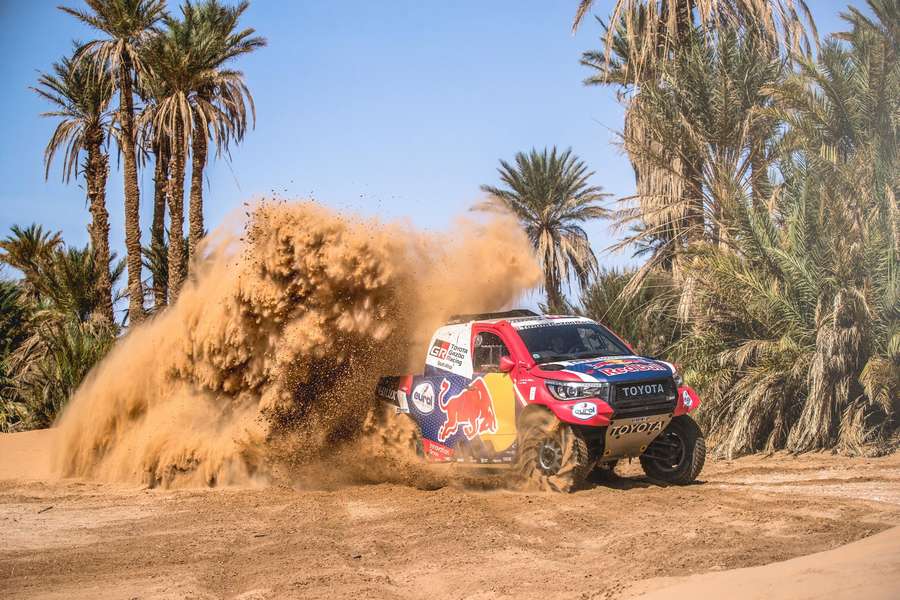 This year’s Dakar took place in Saudi Arabia. The route of the first edition of the Dakar in Saudi Arabia explores the vast expanses of the largest country in the Middle East. The route is 7,500 km’s with 75% of the rally over all types of sand.
This year’s Dakar took place in Saudi Arabia. The route of the first edition of the Dakar in Saudi Arabia explores the vast expanses of the largest country in the Middle East. The route is 7,500 km’s with 75% of the rally over all types of sand.


